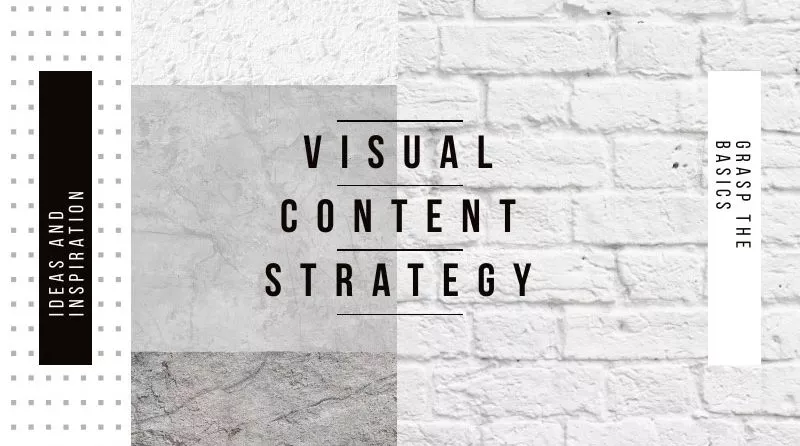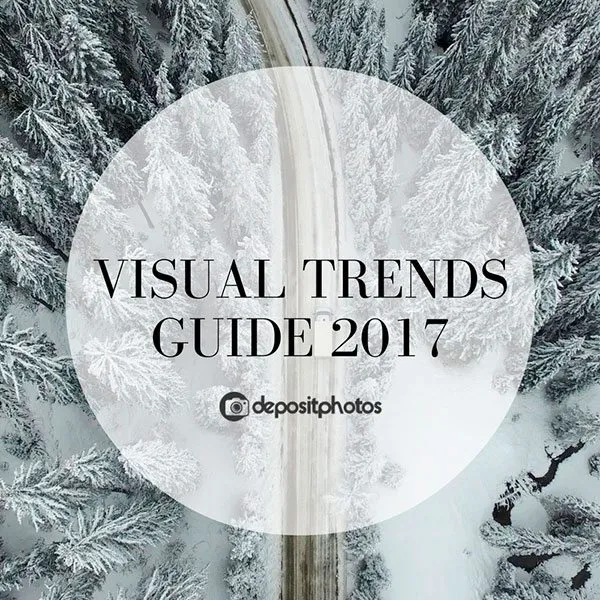A Guide to Engaging Content Curation: 10 Visual Formats You Should be Using

Has your visual content marketing strategy been working so far? You would probably answer ‘yes and no’. Everybody is aware of how powerful visual content is, yet we fall short of engagement or don’t notice any significant spike in traffic when we’re clearly doing everything we can. Don’t take it personally, but there could be a gap in your tactic! We’re here to help because this is a constant struggle for many industry professionals.
Visual content curation isn’t easy. When your main objective is to be omnipresent, you have to find clever ways to make visual content work for you and your brand. You can start by integrating more visual content into your marketing strategy to see what works for your brand and what doesn’t but that’s not enough.
One of the first things you can try is experiment with different types of visual content by converting your ideas into images. The benefits are many, and you get to keep it fun and exciting for your audience. Consider the following formats and how you can use them to improve your own strategy, generate more traffic, encourage shares and perhaps even acquire new clients.
1. Create original videos or use YouTube, Vimeo and Ted
Videos can help enhance your business in many ways. It is more expressive than a single photograph, and actually generates 1200% more engagement. Next year, video is said to rule social media so you need to catch the wave. You could produce how-to videos, explainer videos or show case bits of your brand story. Regardless of what you choose, keep your videos in the style of your brand.
Making your own videos takes up ua lot of time, and won’t always be an option. On the bright side, there are great resources at your disposal such as YouTube, Vimeo and Ted. You can commit to doing video publications on a biweekly or monthly basis. Check out the 7 types of videos you can use in your marketing strategy.
2. GIFs are fun, use them to your advantage
As serious as your brand might be, there is always room for a little humor. Consider making Fridays a fun day of the week and create entertaining content for social media using GIFs. They’re fun, easy to find and super engaging. GIPHY is one resource that you can start with.
The average attention span is short, which is why you can’t always rely on videos to captivate your audience. Short GIFs and animations are a great tool for visual communication. Using GIFs in your blog or social media accounts could potentially create viral content when curated well.
Consider the different themes and topics that could be applied to your industry or relatable to your brand and create content based on that. Use GIFs as a supporting medium throughout your accounts on social media or your compnay blog when you’re promoting it.
3. Photography is great, but trendy photography is better
Stock photography has come a long way in the past decade. It’s hard to take staged pictures seriously anymore, so every marketer is beginning to understand the merits of ‘authentic’ photographs. The hardest part, of course, is finding those images in libraries with millions of files.
One of the tricks you should try is combining very particular words in the search bar to find specific images for your ideas. You can try using adjectives and emotion driven words to find more creative content. Additionally, you can look through our handpicked collection of featured images of the week to save yourself time.
This is the type of medium that you will probably use most often. Take your time to study your competition and see what types of visuals and style works for them. Surf through Pinterest and see what is currently trending and what people like to pin.
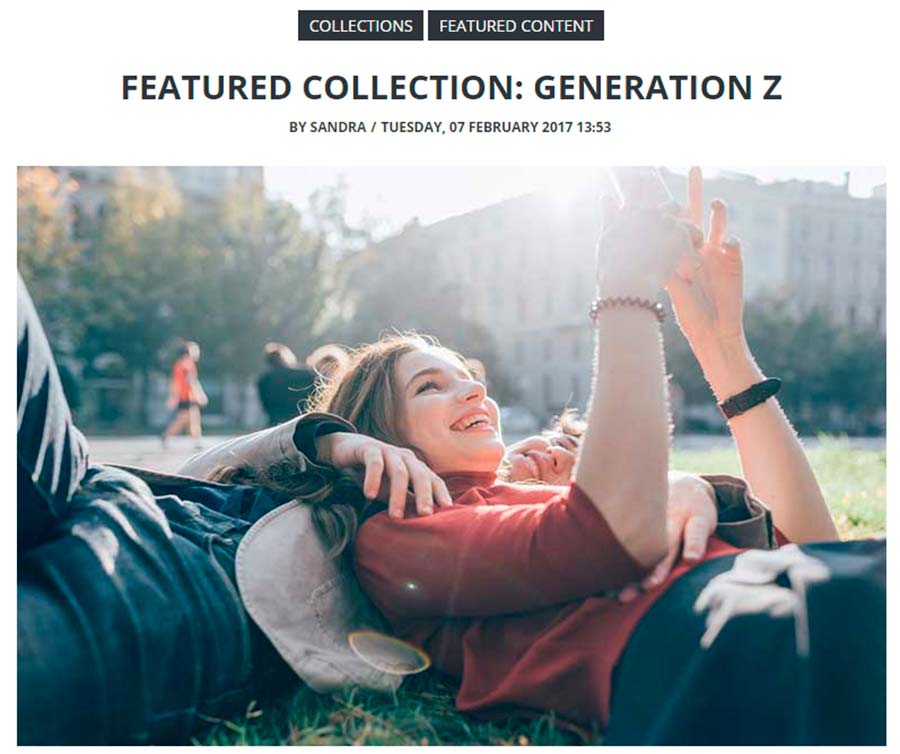
4. Use illustrations for a complete content makeover
To create one of kind illustrations, you need to hire a graphic designer or have some sort of an artistic background to produce the works. The other alternative is microstocks. The Depositphotos database isn’t just a great source for photography, we also have a collection of illustrations which you can search just as you would for any images.
Illustrations are great because they can be a little more quirky, fun and sometimes even more fitting to go along with your content. Choose a few artists whose styles fit in with your brand aesthetics and use their works as supporting content on social media.

5. Customize your images with a photo editor
Another great tactic that isn’t as widespread yet is to customize your images. You can find out more about the different ways in which you can alter photographs in our article, ‘5 Ways to Easily Customize Stock Photography’.
The reason why customized images could lead to more engagement is because people appreciate the artistic touch and the extra effort. It makes images unusual, more relevant and expressive. You don’t have to have mad artistic skills either, you can use a photo editor such as Crello or Fotor to do the job for you.

6. Create your own infographics
An infographic combines all the great advantages that we associate with visual learning in a comprehensive format, fit to reinforce a message. It is said that traffic increases drastically because infographics are creative and have more chances of being shared compared to other types of visual content (although videos will soon catch up.)
If you have a lot of information you’d like to share with your readers, turn the bundles of information into something fun. It is a way to clarify a concept, reinforce understanding, help process new knowledge faster and it’s also a quick way to communicate a complex concept.
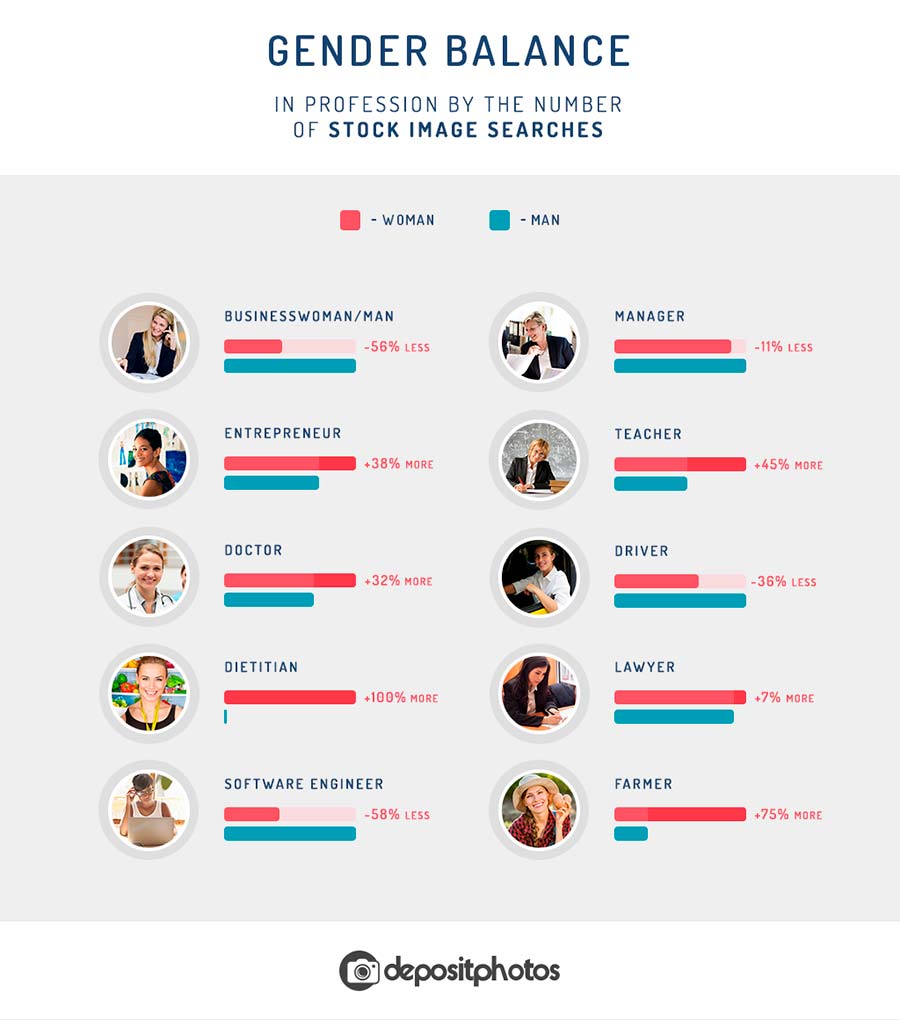
7. Screenshots are better at explaining things
This is a more fitting medium for an article but you can still use it as a cover image for a blog post and share it on social media. Try to show instead of tell. If you can illustrate something for your audience instead of telling them, they can grasp the information better and might find it so useful that they have to share it.
Studies also show that having an image every 75-100 words will increase the number of article shares. If your information is useful to top it off, it will be more likely to be shared on social media. Find a good screen capture app and you have it covered.

8. Personalized quotes that speak to your audience
Every industry has their own heroes, their founders and the people that have paved the road to success. Sharing inspiring quotes is another way to guarantee shares (given you’re providing quality and aesthetics.)
Put together quotes that are highly shareable because they are the few words of wisdom we appreciate. If you surf the web, you will find that quotes are quite popular. They’re also quick and easy to make with the tools that were mentioned earlier. Quotes are easy to digest and they’re fun to share.
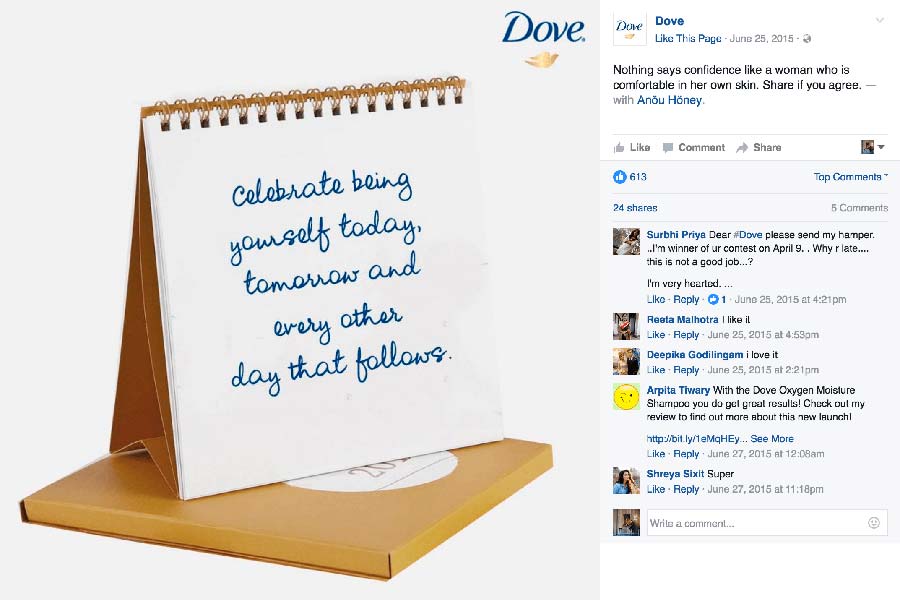
9. Engage your community and share user generated content
There are fun things you can organize to engage your community and your brand. If you look at Starbucks, most of their online content is user generated. This is a good medium for several reasons. It helps to build up trust from your potentail clients and makes your content mroe credible.
When you allow people to contribute to the reputation to your brand, you’re inspiring creativity and in return, you have original content to share. Launching a project such as ‘Photo of the Day’ will create a feeling of ‘community’ and can potentially become viral as a project.
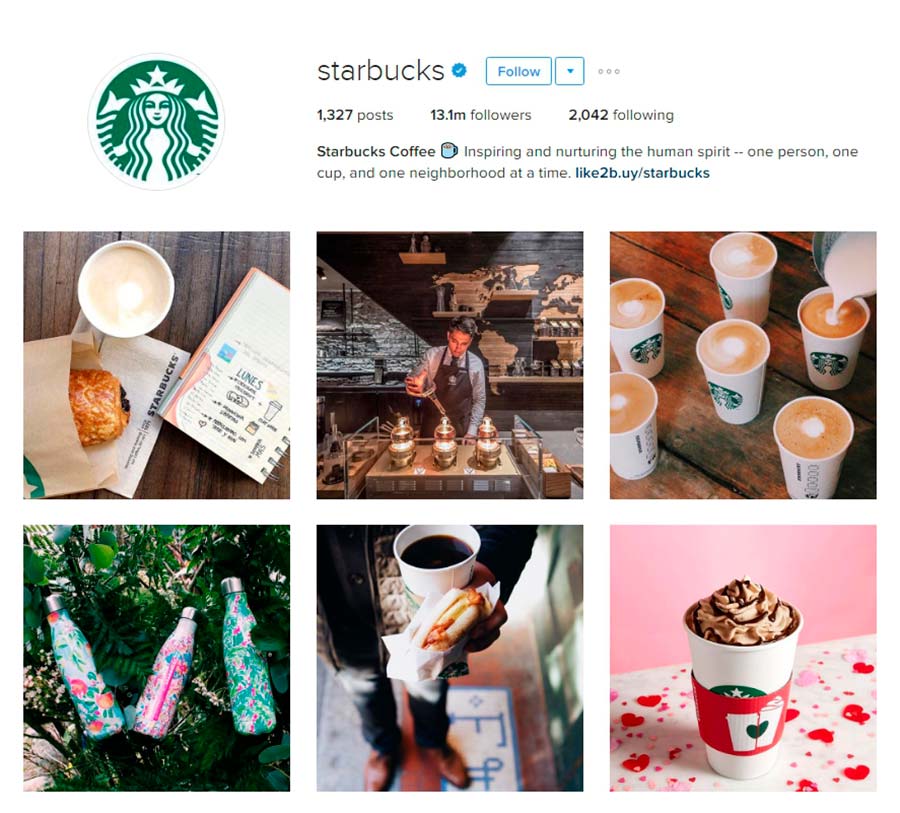
10. Bar graphs, charts and quick data
To present complex, impactful information, put all your eggs in one basket and create a cool illustration to show your data. This is especially useful if your company deals with data on a daily basis. It’s easier to grasp data when it is visually represented by a bar or a graph. If you don’t have enough data for an infographic, choose this option.
In fact, bloggers turn to data visualization to support arguments instead of quoting studies. Let the graphs do it for you! Your audience will gain new insights in the fraction of the time it takes them to read a detailed report with your findings.
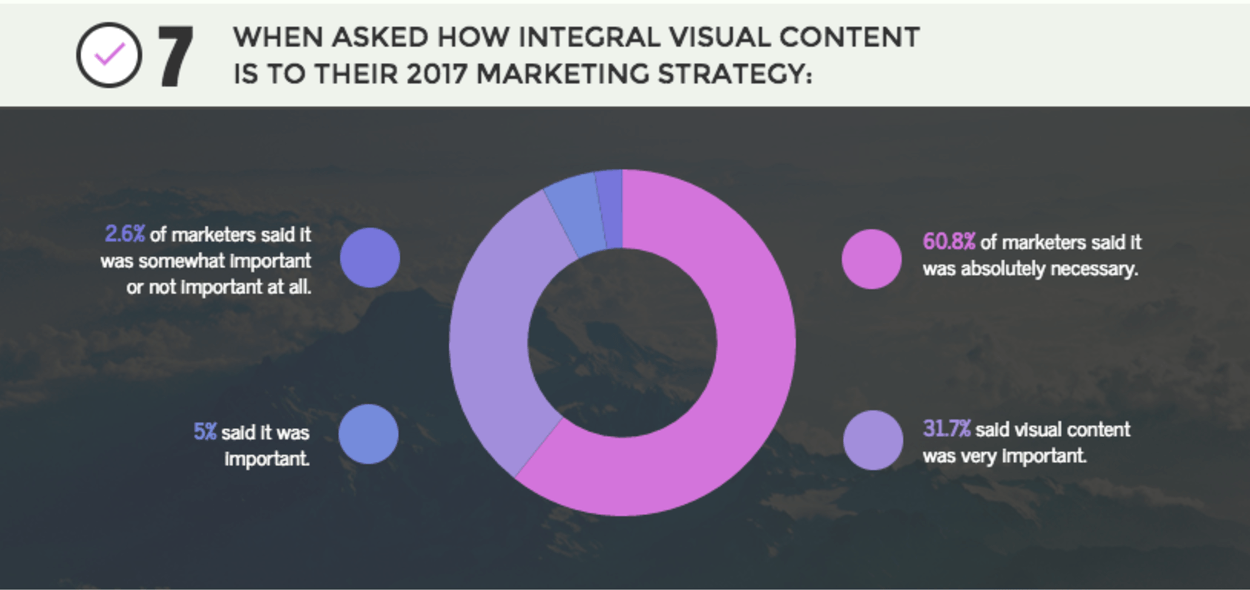
Of course you want to go viral, get retweets, more likes, new followers, endless shares and all the other great social media accolades. If your strategy doesn’t provide this kind of activity, you need to step back and review your plan of action. Are you missing an opportunity to engage your audience with a new format?
Don’t be afraid to try new things. Only through experimentation and a little bit of fun will you be able to learn about the interests and tastes of your audience so that eventually you can create a strong foundation to your visual content marketing strategy.





